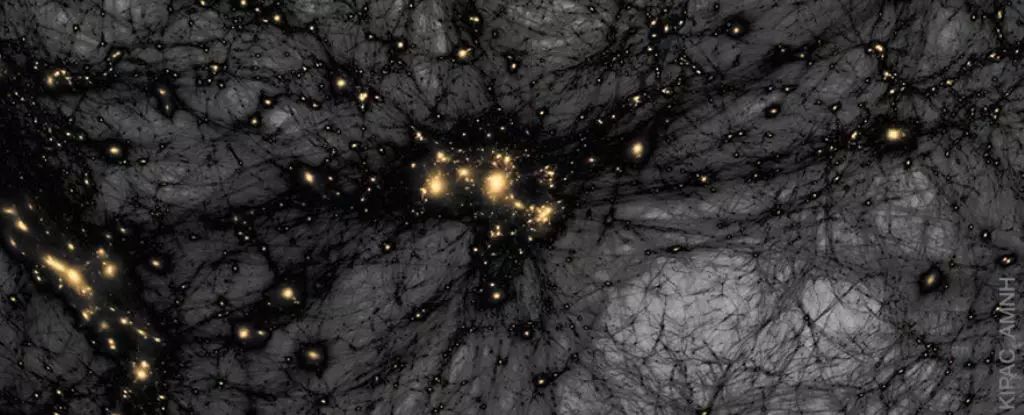In the realm of astrophysics, few mysteries provoke as much intrigue as the Hubble tension problem. For years, cosmologists have observed a paradox within the fabric of our universe: while the expanding Universe model is well-entrenched and largely supported by empirical observations, the acceleration rate of distant celestial objects appears to diverge significantly from more localized measurements. This inconsistency raises fundamental questions about our understanding of cosmic expansion. It’s not merely a statistical hiccup, but rather a profound puzzle that challenges the very essence of contemporary cosmological theories.
The implications of Hubble tension stretch beyond mere academic curiosity. They compel scientists to re-evaluate fundamental aspects of physics, including the validity of general relativity, the existence of dark matter, and even the uniformity of time itself. Will we have to rethink our cosmological narratives in light of this escalating tension? Or is it simply an indication that we are not considering all possible variables?
The Unconventional Hypothesis: Evolving Dark Matter
Amidst the myriad of proposed solutions—ranging from the radical, such as modifying gravity, to the more traditional, like determining adjustments to dark energy—there emerges an intriguing perspective: the concept of evolving dark matter. While theorizing about evolving dark energy is not unprecedented, the notion that dark matter itself may evolve has found relatively scant consideration in scientific circles. This oversight might stem from the strong observational evidence supporting the existence of dark matter, which is inferred from gravitational effects rather than direct detection.
Yet, the suggestion to explore evolving dark matter is refreshing and, arguably, essential given the weight of the Hubble tension problem. It’s not enough to simply dismiss dark matter outright for the sake of convenience or tradition; science thrives on exploration and innovation, and this notion offers a pathway to potentially reconciling conflicting observations.
An Innovative Approach: The Oscillating Dark Matter Model
Recent research exploring both evolving dark energy and dark matter points towards a novel framework that could reshape our understanding of cosmic phenomena. This exploration hinges on the dynamics of dark matter rather than eschewing it altogether. The authors propose that if dark matter can have a shifting equation of state (EOS), it may oscillate over time in ways compatible with existing observational data.
This approach stands on the shoulders of known phenomena, such as the behavior of neutrinos—particles that possess mass, interact weakly with light, and famously exhibit oscillation in their states. This leads one to wonder: if neutrinos can fluctuate, might cold dark matter exhibit oscillatory properties as well?
The research proposes a compelling model wherein about 15% of dark matter experiences this oscillation, complementing the remaining 85% that conforms to traditional cold dark matter theories. Such a synthesis invites us to ponder if this hybrid model could indeed account for the discrepancies observed in the Hubble tension while remaining consistent with existing datasets.
Expanding Horizons: Potential Implications
The implication of adopting an evolving dark matter paradigm reaches beyond merely addressing Hubble tension; it invites a wider discourse on the nature of dark matter itself. Presently, it is seen as a static, immutable entity, but if attributes like oscillation are valid, they beckon further inquiry into what dark matter truly is. Do these new models signal the potential existence of exotic dark matter that behaves dynamically in response to cosmological forces? And how might these attributes affect cosmic structure formation and the overall evolution of the universe?
Moreover, while the evolving dark matter model presents itself as a ‘toy model’—a preliminary framework requiring further refinement—it is a vital springboard for more imaginative cosmological theories. It opens avenues for a broader range of possibilities that challenge existing paradigms and encourage ongoing exploration in fundamental physics.
Ultimately, addressing the Hubble tension through evolving dark matter theory urges the scientific community to embrace curiosity over rigidity. As we delve deeper into the complexities of the universe, we might find that the answers we seek reside not in fixed paradigms but within the fluid, dynamic nature of the cosmos itself. This path of inquiry not only enriches our understanding of the universe but also evokes the spirit of discovery that has driven human exploration for millennia.

